Open Ceiling Cave
Collapsed sea cave – a circular sea basin that is connected to the sea with a large cave – natural arch that is some 13 m wide. Sea waves enter this cave. In the middle of this basin stands small island – remnants of the fallen cave ceiling.
Maingon Blowhole
Some 40 m deep, narrow sinkhole – a collapse of a sea cave. It is dangerous to attempt to see its bottom but the waves can be heard from it.
Port Campbell Blowhole
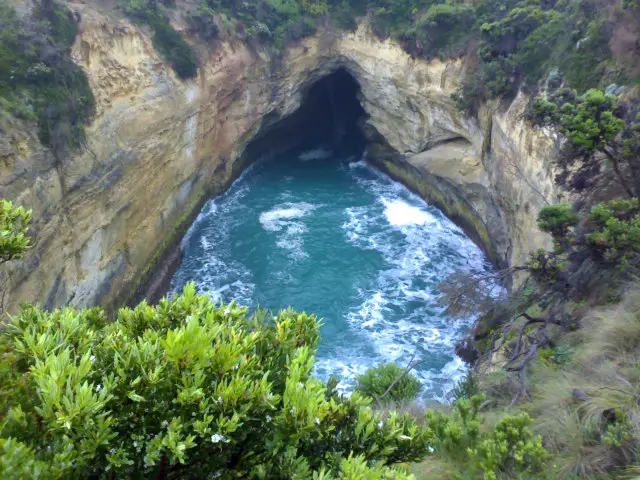
A sinkhole – collapse in the roof of sea cave in the spectacular Loch Ard. It is possible that for a while here existed a blowhole with fountain but currently this is a sinkhole with raging sea-water seen in it. This blowhole is loud.
Jacks Blowhole
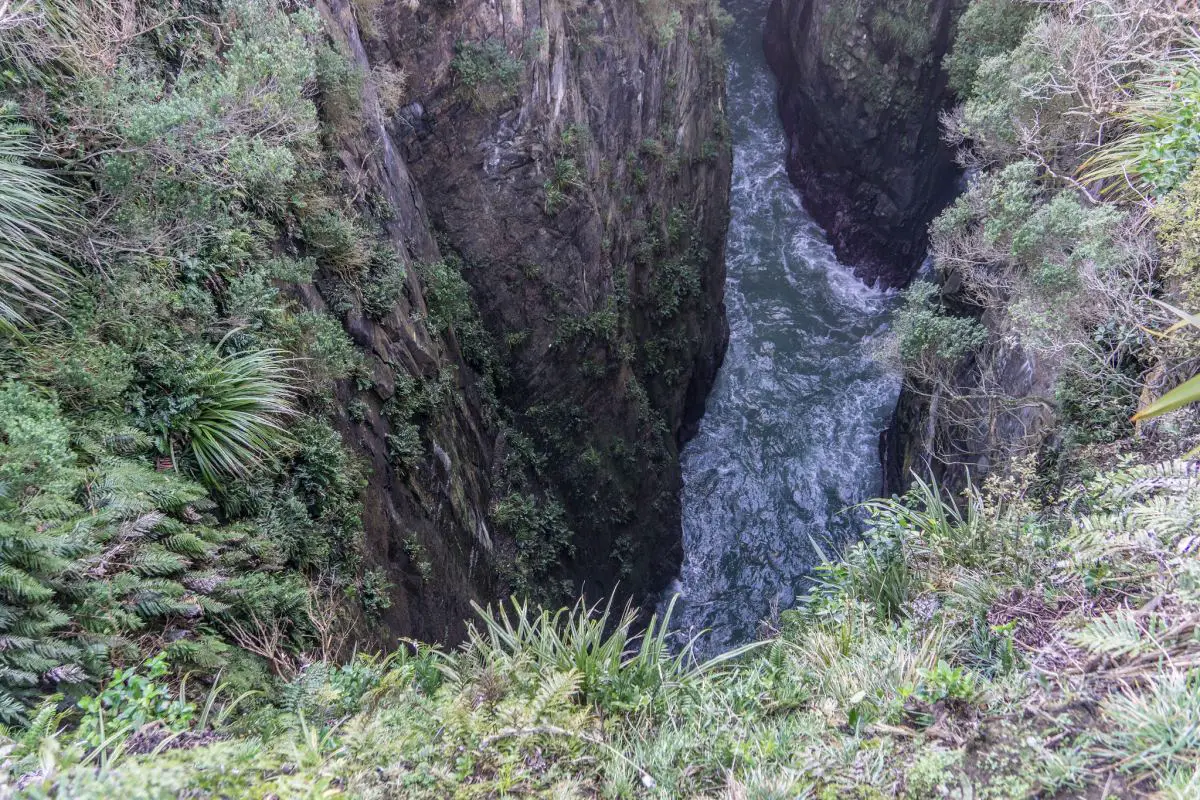
Spectacular sinkhole – a large opening in the ground that formed after the sea cave collapse. The sinkhole is some 55 m deep and some 200 m from the sea. It is filled with roaring, raving waves.
Little Salt Spring
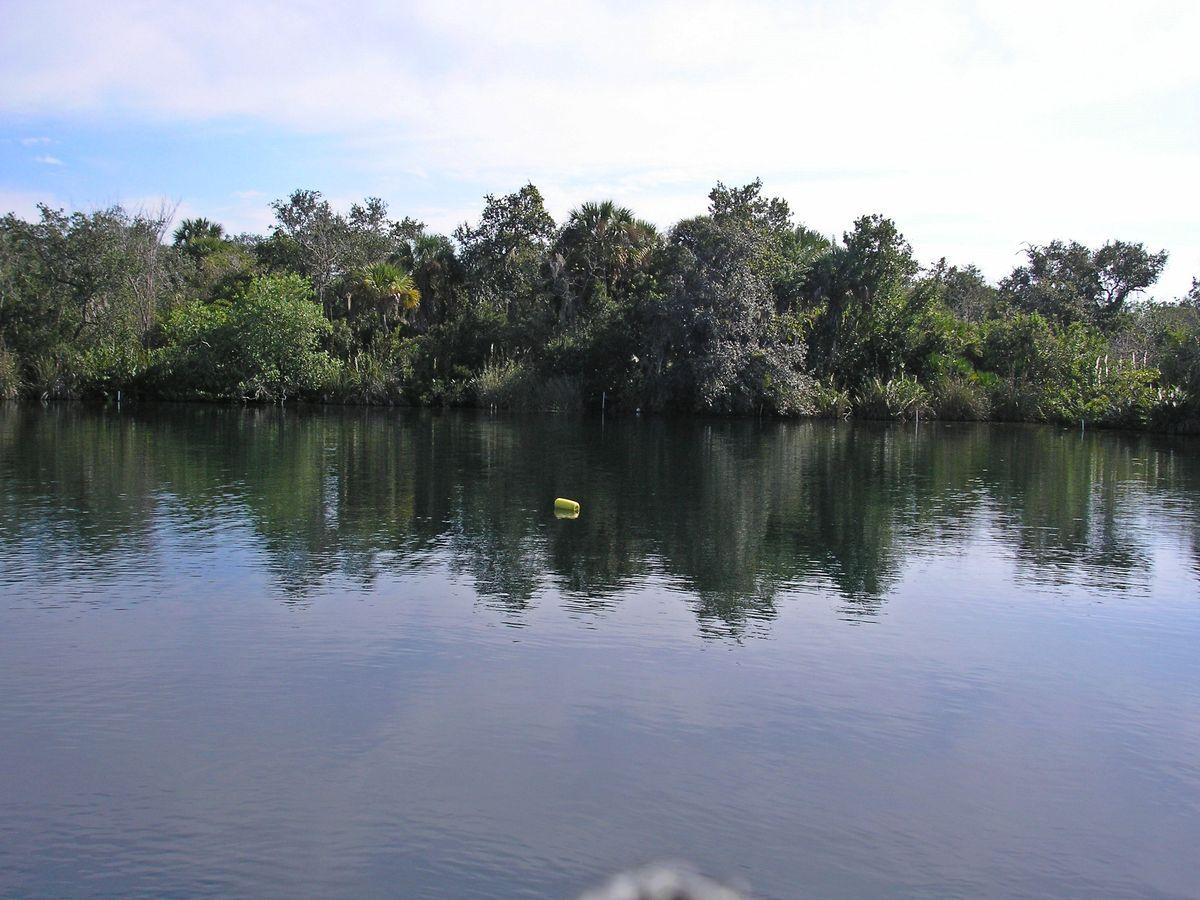
Water filled, 61 m deep sinkhole. At the depth of 3 m, the water becomes anoxic. Thanks to this in the sinkhole – spring have been preserved numerous examples of prehistoric fauna and remnants of Palaeo-Indians: hundreds of burials from 4,800 – 3,200 BC.
Lake Jackson
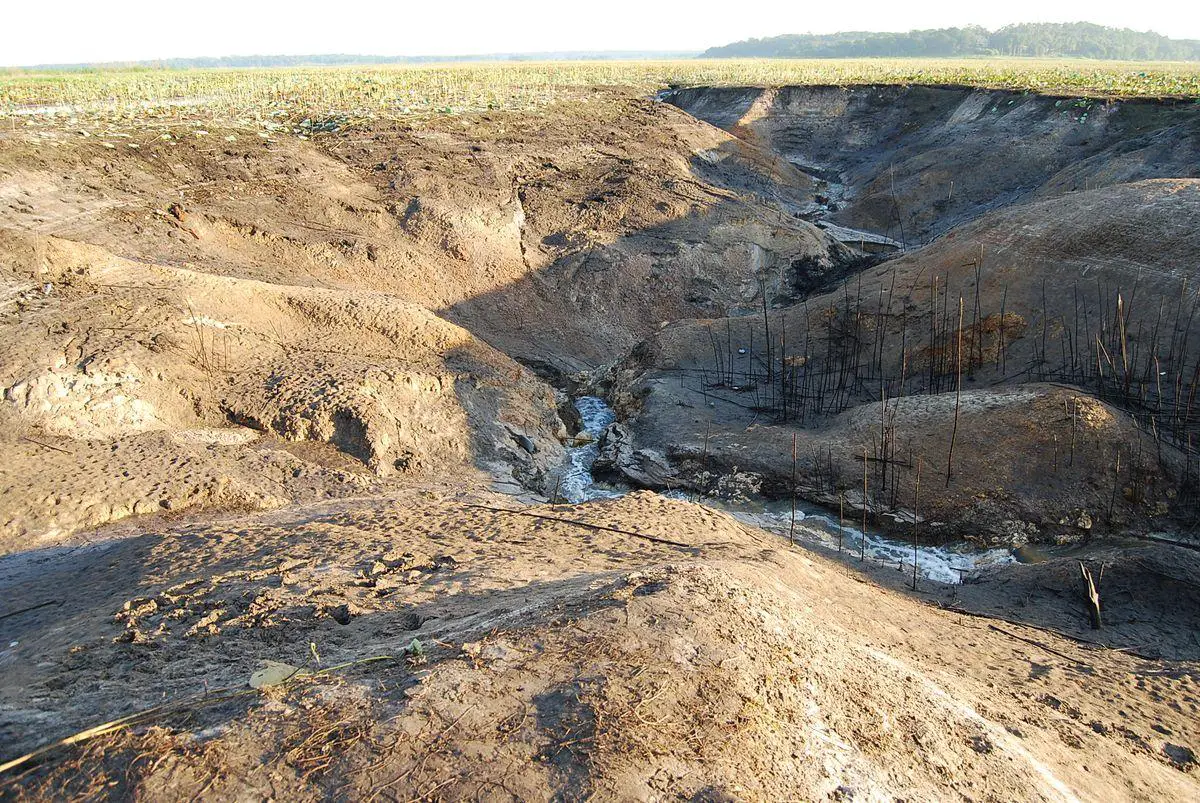
Shallow, 12 km long lake with two sinkholes in it. This lake has disappeared underground four times since 1907.
Falling Waters Sink
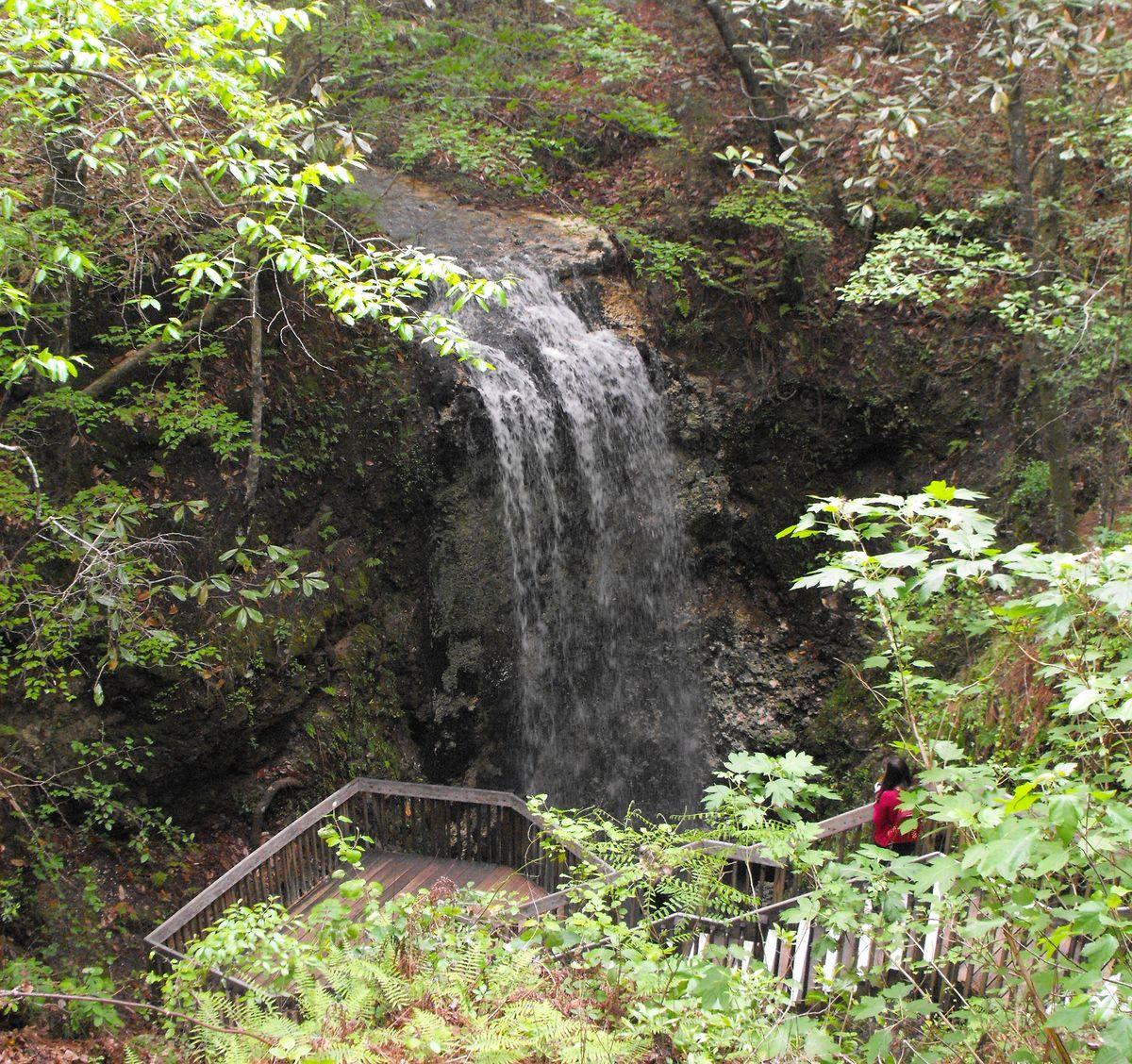
35 m deep and 6.5 m wide sinkhole. In wet season a stream falls in the sinkhole forming a 22 m high waterfall – the highest in Florida.
Montezuma Well
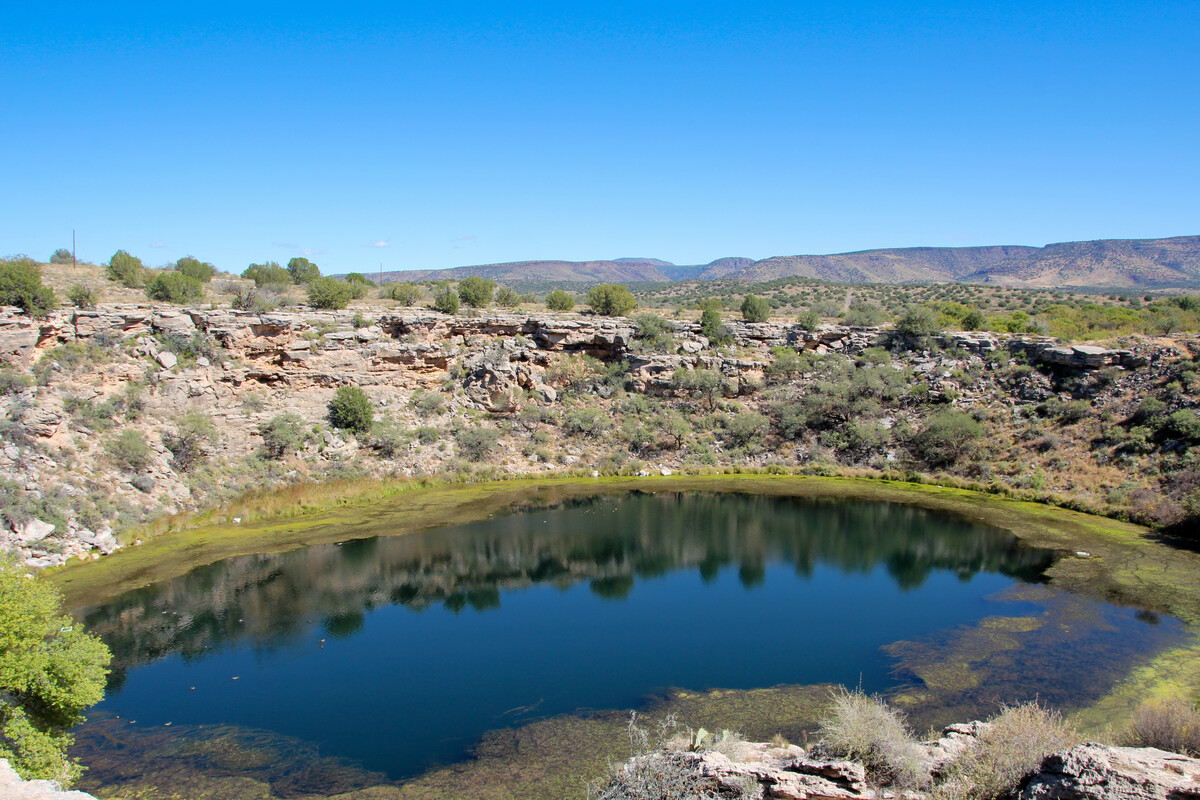
Large sinkhole, 112 m wide and 17 m deep. It is fed by powerful springs and its water has a high level of dissolved arsenic. In the sinkhole live at least five endemic organisms.
Qagnax Cave
A lava tube where have been found remnants of unique dwarf mammoths (Mammuthus primigenius) who lived here around 3700 BC. Cave – 12 m deep pit – was discovered in 1999. Only in Wrangel Island mammoths lived more recently (2590 BC), as far as it is known.
Bundera Sinkhole
Some 70 m deep, flooded sinkhole with anchialine ecosystem – e.g. the groundwater in this cave is connected to the sea, while at the surface is less saline water. Here live unique species of remipedes – Lasionectes exleyi – crustaceans with the only other relative species in the Caribbean as well as some more unique organisms. These organisms are relicts of the Mesozoic era.
